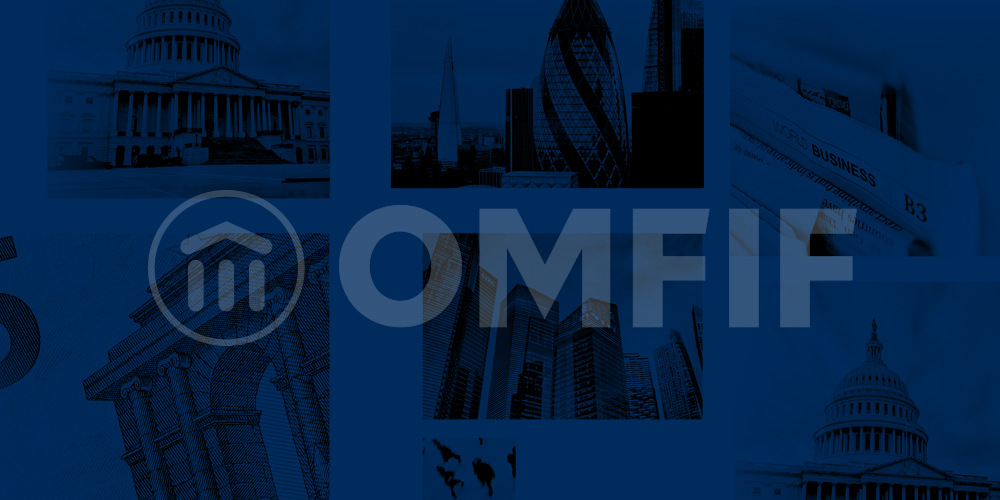Markets face severe disruption. Countries swapping their foreign currency debt back into their own currency or their domestic debt are as much at risk from credit derivatives as investment banks were 10 years ago.
Most sovereign issuers are happy to tap the capital markets in different currencies, as this gives them access to a large source of investors.
To avoid exposure to currency and interest rate risk, they use derivatives, mainly cross-currency and interest rate swaps. This is so their debt is in the currency and interest that best suits their needs. Some countries use such instruments to form an opinion on the direction of the market.
The problem, whether they are hedging or speculative transactions, is that most of the debt countries issue is sizeable. Cross-currency swaps are volatile, because the chance of one currency moving significantly against the other is great. This heightens credit risk.
If one counterparty defaults, this could be a huge cost to the other. Assuming the defaulting counterparty has issued some debt in a depreciating currency, it must, under the terms of the swap, pay the appreciating currency. As it can no longer do so, the other counterparty will incur a loss, the cost of substituting the defaulting counterparty.
To prevent this, most market participants agree to pay some form of collateral when the value of the swap moves one way or another. However, most countries cannot post collateral.
Banks have ways of protecting themselves against such risk. Agreements regulating such business contain ‘additional termination events’ clauses, whereby a counterparty must exit the swap if their rating falls below a certain threshold. Under the terms of such clauses, the exiting counterparty will have to pay the cost of substituting the swap with another counterparty. This cost is around the fair value of the swap. The payouts can be massive. Between 2011-12, Italy needed to exit some derivatives it had with Morgan Stanley and had to pay close to €3bn as its rating had been downgraded.
Italy entered into derivatives to hedge interest rate risk, but ultimately paid large sums of money following a credit event. This is equivalent to having sold a credit derivative to Morgan Stanley, because the cost was incurred as Italy’s credit deteriorated. This is similar to what happened to large financial institutions that, in 2008, directly sold credit default swaps or indirectly sold them through having large positions in their books of collateralised debt obligations.
The consequences are potentially alarming. Not only do cash-stripped sovereigns have to finance large payments, they also remain unhedged on debt issues that may lead to large future costs. Moreover, their national courts may prevent them from honouring commitments.
This is not a minute risk. Consider a counterparty calling an early termination event on one or more swaps with a large issuer. If that issuer refused to honour its commitments because of a court ruling – or fear of a court ruling – this would be seen as a default not only in that specific contract, but in hundreds of credit default swaps and bonds outstanding in the market where there is a cross-default clause. This could disrupt the working of the swap market and have a large impact on several institutions’ balance sheets.
The issuer would struggle to issue new debt, as many of the dealers that lead sovereign issues are also the banks that swap them. The problem would be exacerbated if the issuer was unable to refinance an existing foreign currency issue – or even a domestic bond issue – as its dealers would refuse to underwrite the bond. This would lead to a major debt default of a sovereign issuer.
Argentina’s default in 2001 caused mayhem in the market; a disorderly Greek default in 2010 would have caused further problems. If the issuer is much larger, it is best not to contemplate the possible consequences.
